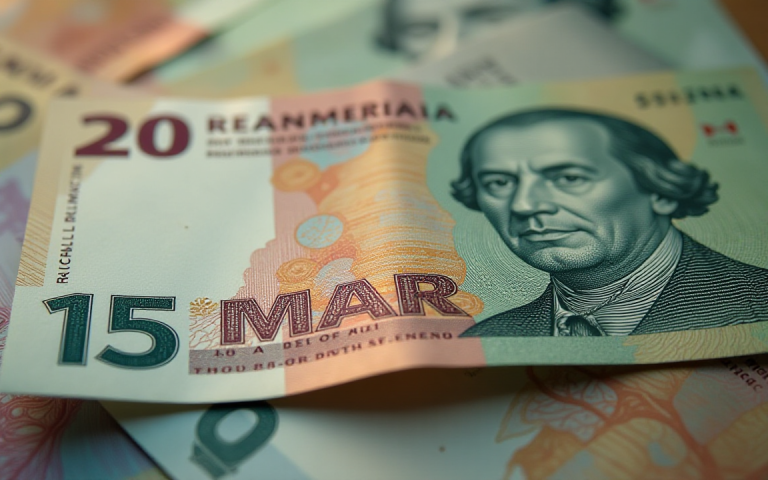The South African rand continued its bullish momentum this week, even as trade relations with the United States deteriorated. The USD/ZAR exchange rate dropped to a low of 17.72, its lowest level since July 25, and 3.3% below this month’s high.
South African rand surges despite risks
The USD/ZAR exchange rate has slumped this month, even after the United States imposed tariffs on South African goods, a move that will severely affect the country’s economy.
Data shows that the US is the biggest market for South African goods after China. It shipped goods worth over $14.7 billion last year, with most of these goods being gems and precious metals, vehicles and automotive parts, iron and steel, and agricultural products.
Analysts believe that the 30% tariffs on South African goods will hit the economy by putting over 30,000 jobs at risk. South Africa has ofered aid to some of its biggest exporters and changing some of its policies, including allowing exporters to collaborate.
The government is also working to expand its customer markets, especially with the upcoming trade deal with China. It is also targeting other growth countries like those in the Middle East. These efforts will, however, take time.
The central bank has also moved to support the South African economy by slashing interest rates. Last week, it lowered interest rates by 25 basis points to 7%, down from last year’s high of 8.25%.
US dollar index crash
The USD/ZAR exchange rate has also plunged because of the ongoing US dollar index crash. The DXY has plunged from over $100 last week to $97 today.
Its crash accelerated after the US published weak jobs numbers last week. In a report, the Bureau of Labor Statistics (BLS) said that the US economy created just 73,000 jobs in July.
The US also adjusted its previous jobs numbers, meaning that the economy created an average of 35,000 jobs a month in May and June. Trump responded angrily by firing the head of the BLS.
Trump has also called for interest rate cuts and there is a likelihood that he will get it. In recent statements, Fed officials like Neel Kashkari and Lisa Cook noted that the bank will likely cut rates in September.
Fed and SARB interest rate cuts will then reduce the impact of the carry trade that has existed between the US and South Africa. In this, investors have been borrowing the US dollar to invest in the rand.
USD/ZAR technical analysis
The daily chart shows that the USD/ZAR exchange rate has been under pressure in the past few months as the US dollar index crashed. It moved from a high of 19.98 in May to 17.73 today.
Most recently, it has dropped in the last five consecutive days as it moved below the 50-day and 100-day Exponential Moving Averages (EMA).
The trend has continued to strengthen, with the Average Directional Index (ADX) moving to 18. Therefore, the pair will likely continue falling as investors target the lower side of the channel at 17.50.
A move below that support will point to more downside, potentially to 17.26, its lowest point on November 7 last year.
The post USD/ZAR forecast: rand outlook as South Africa tariffs start appeared first on Invezz

